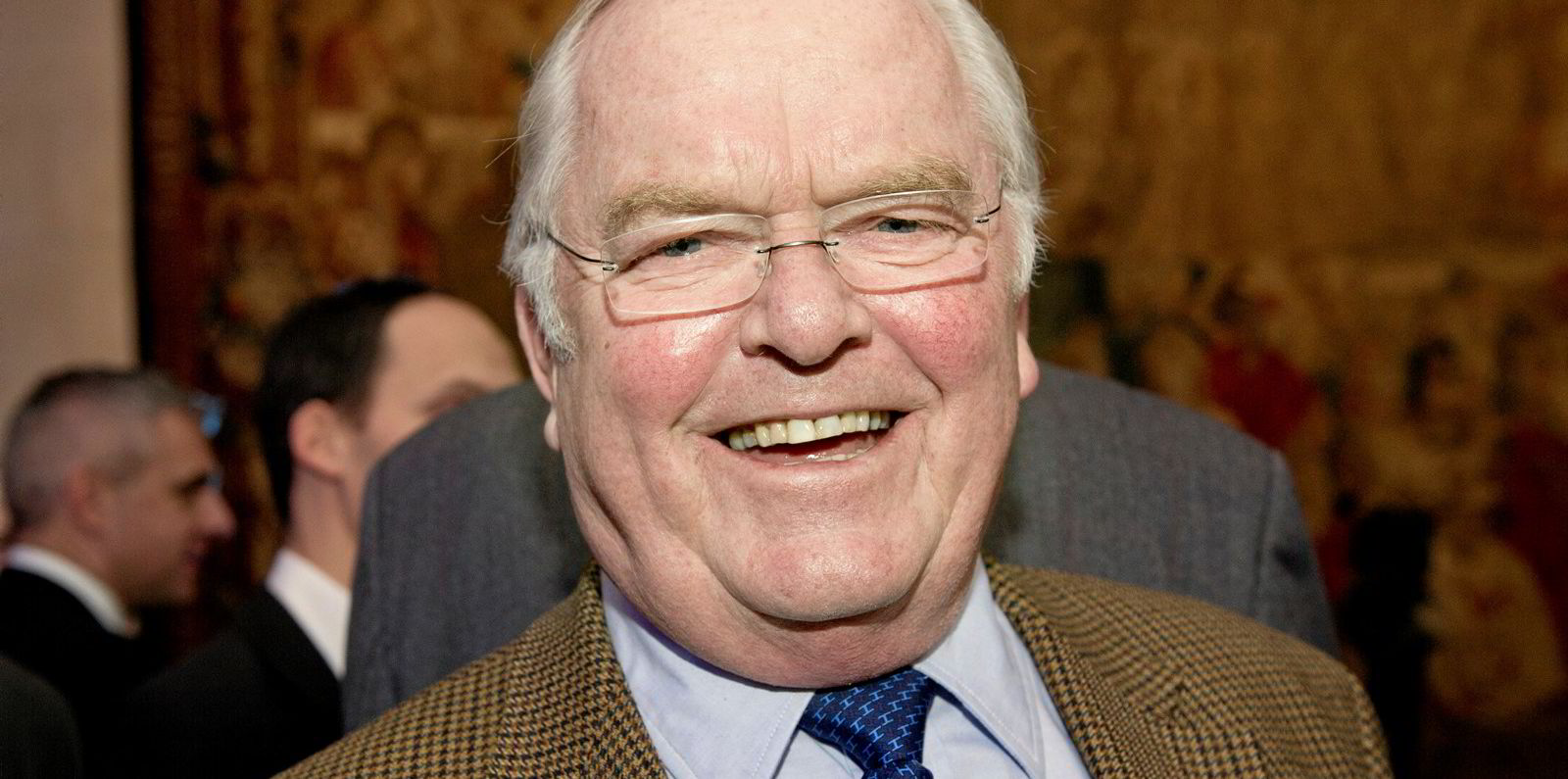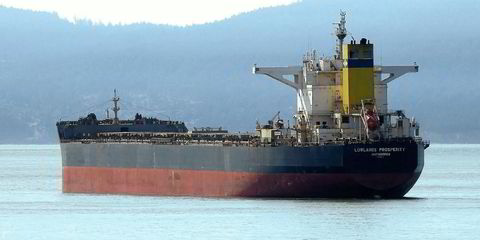Suezmax specialist Nordic American Tankers says it is hopeful of a strong 2023 after fixing four contracts at daily rates of up to $50,000 in the final days of last year.
The daily rates of between $40,000 and $50,000 for voyages of between 30 and 50 days are more than four times the average in the final quarter of 2021, according to company statements.
The New York-listed owner of 19 suezmax oil tankers said that a combination of a low orderbook, long-term oil demand in Asia and longer voyages linked to the Russian invasion of Ukraine supported growth within the sector.
“The last days of 2022 are a good harbinger for the future,” said chief executive officer Herbjorn Hansson.
Company accounts show how the war in Russia has fuelled the rates for the company’s ships, which saw time charter equivalent rates dip to $8,870 in the first quarter of 2022.
Since then, rates topped $20,000 in the second quarter and booked days averaged $54,100 for the fourth quarter of 2022, according to its most recent accounts. Daily operating costs are $8,000.
“As we have seen in the past, political uncertainty creates demand for the transport of oil,” said Hansson.
“Oil will have to be sourced from further away than in the past, creating longer voyages.
“Uncertain times also encourage hoarding among some buyers, adding to demand for oil and for the NAT tankers.”
Fearnley Securities’ outlook for 2023 foresees average rates for suezmaxes of $28,000 a day, rising to $35,000 in 2024 as the global economy improves.
Hansson said the sector would continue to be buoyed by the low supply of new suezmax tankers. A ratio of suezmax orderbook to fleet of 1.7% is the lowest of all crude carriers, according to Fearnley.
“The supply of Suezmax tankers will remain at historic low levels for at least the next two or three years,” said Hansson.
“Environmental regulations, increased steel and production costs, and higher interest rates make investing in new ships quite challenging.”
Forecasts predict a peak in global oil consumption around 2040 but Hansson said that the growing middle classes in Asia would drive demand over the longer term.





